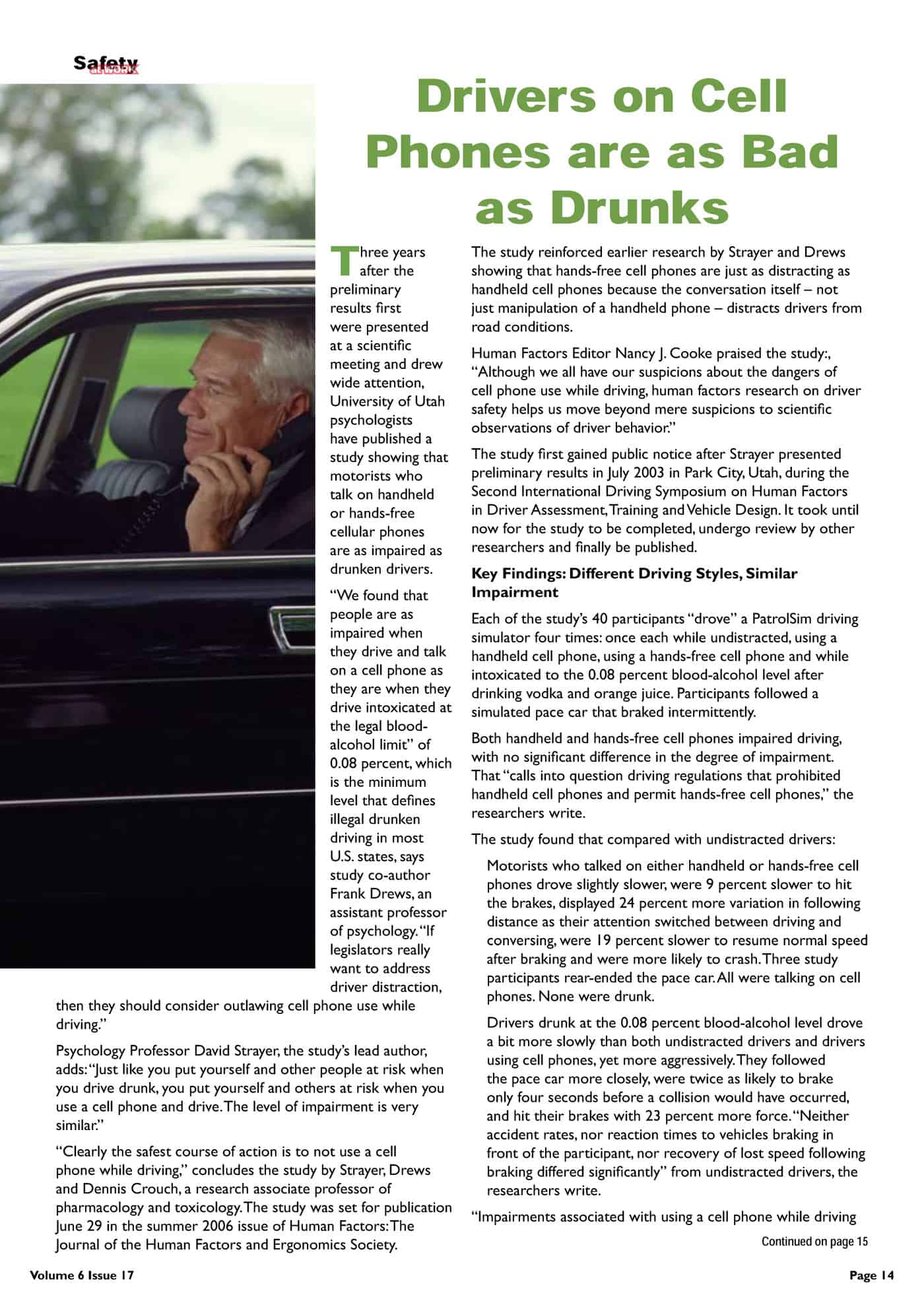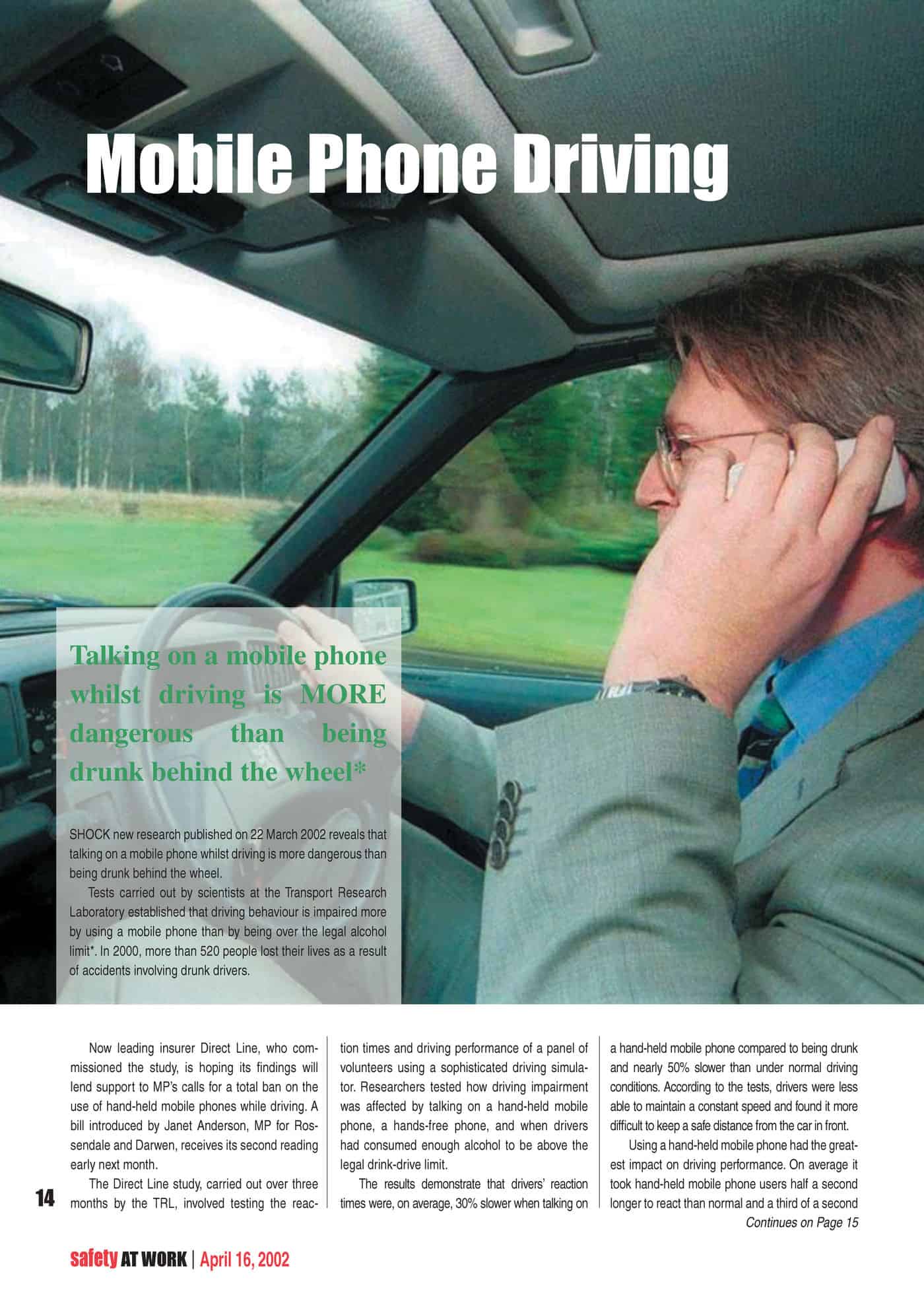In early July 2009, the Chair of the Health and Safety Executive (HSE), Judith Hackitt spoke in favour of an accreditation system for OHS professionals. This has particular relevance for those countries and professionals associations which follow some of the UK initiatives.
Hackitt is quoted in the HSE media release said:
“We do believe that there is a need for an accreditation system within the competency framework for health and safety professionals. We have no interest in HSE directly controlling or regulating such a scheme, but we are very keen to ensure that all professional bodies who establish an accreditation scheme do so in a way that measures competence in practice, not just acquired knowledge.
“Accreditation must include continuing professional development as a requirement as well as a means of sanction, with real teeth, for anyone who acts unethically in their professional activities – including providing inappropriate advice or guidance.”
She said that those involved in health and safety needed to be competent to assess and manage risk by applying common sense, taking a proportionate approach and exercising judgment about what is reasonable.
Competence is one of the cornerstones of the new health and safety strategy for Great Britain, and HSE wants to see increased competence as the basis of a more sensible and proportionate approach to managing risk.”
SafetyAtWorkBlog asked the Institute of Occupational Safety and Health (IOSH) for their response on the issues raised in Hackitt’s speech. The response is below
Richard Jones, IOSH’s policy and technical director, said: “IOSH has long advocated some form of official accreditation of the health and safety profession. It is something that has been mooted for many years, but has never had formal government support, so has never got off the ground.
“The present system in the UK means that anyone can operate as a health and safety consultant. This means some businesses are likely to be getting advice from health and safety consultants with inadequate qualifications and experience or none at all. We feel this is wrong. You wouldn’t have an unqualified doctor looking after your medical needs, so why should you put lives at risk because of incompetent health and safety advice.
“Employers have repeatedly asked for better guidance on how to identify competent assistance, so they can be sure they’re getting good quality health and safety advice. We believe an accreditation scheme will help reassure them about the competence and suitability of the person they’re engaging.”
Richard added: “IOSH has been actively pushing the need for accreditation for some years now, in evidence to two select Committee Inquiries, through our ‘Get the best’ campaign and lobbying activities, and more recently through our ‘manifesto’. We’ve had discussions with government, the Health and Safety Executive (HSE), MPs and other stakeholders on the need for an accreditation system for health and safety practitioners.
“We believe the majority of consultants are doing good work and providing a valuable service. IOSH’s professional development scheme helps ensure our members keep their knowledge and skills at a satisfactory level. However, the scheme obviously doesn’t apply to those who aren’t members of IOSH. Our hope is that an accreditation scheme will mean that all those working in the health and safety field have sufficient qualification, skills and knowledge to do the job properly and are maintaining these on a regular basis.
“At a meeting on 21 July, representatives from the HSE and key health and safety organisations came together to discuss an accreditation scheme for health and safety consultants. These stakeholders will now form a ‘steering group’ looking to take the proposal forward. It is hoped that an accreditation scheme could be introduced by around autumn 2010.”
Some Australian readers may want to keep an internet eye on the Australian OHS professionals’ alliance HaSPA.


 No US State has banned the practice because social use of mobile phones has become so widespread that any ban is impossible to enforce effectively.
No US State has banned the practice because social use of mobile phones has become so widespread that any ban is impossible to enforce effectively. The industrialised world, in particular, has been wrestling with the hazard of phones and driving for well over a decade. One
The industrialised world, in particular, has been wrestling with the hazard of phones and driving for well over a decade. One  According to a 2004 report by the US National Highway Traffic Safety Administration reported by UPI (unable to find a link)
According to a 2004 report by the US National Highway Traffic Safety Administration reported by UPI (unable to find a link)